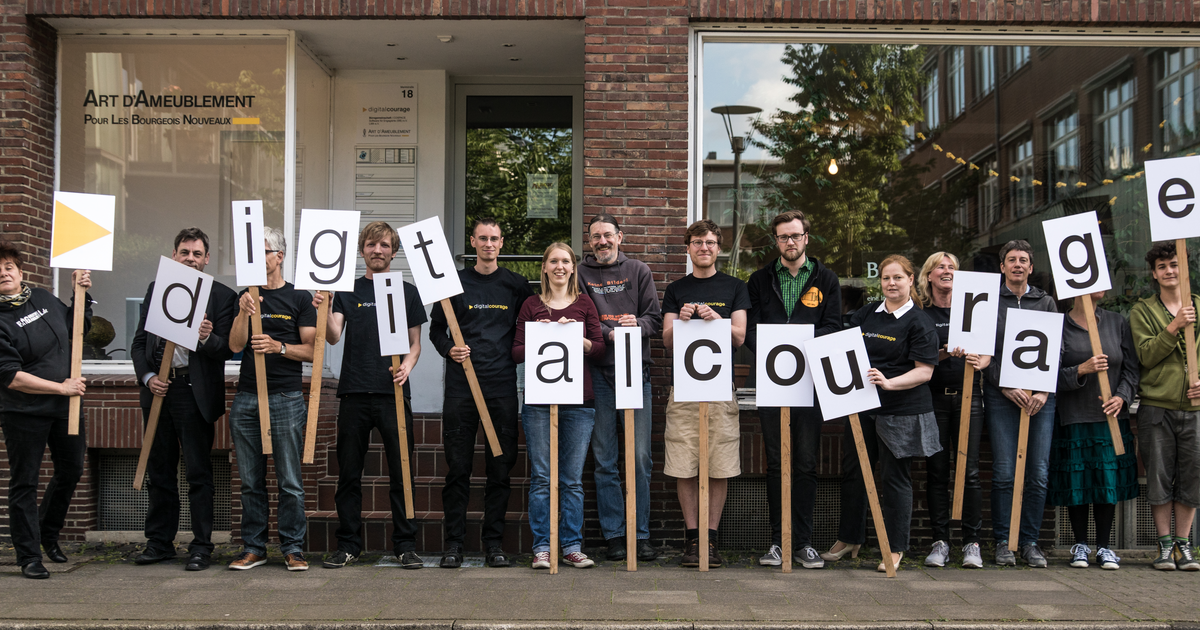Unofficial PetaPixel Bot<p>Huge Eruption on the Sun Creates 250,000-Mile-Long ‘Canyon of Fire’ <a href="https://petapixel.com/2025/07/16/huge-eruption-on-the-sun-creates-250000-mile-long-canyon-of-fire/" rel="nofollow noopener" translate="no" target="_blank"><span class="invisible">https://</span><span class="ellipsis">petapixel.com/2025/07/16/huge-</span><span class="invisible">eruption-on-the-sun-creates-250000-mile-long-canyon-of-fire/</span></a> <a href="https://toot.earth/tags/solardynamicsobservatory" class="mention hashtag" rel="nofollow noopener" target="_blank">#<span>solardynamicsobservatory</span></a> <a href="https://toot.earth/tags/spaceweather" class="mention hashtag" rel="nofollow noopener" target="_blank">#<span>spaceweather</span></a> <a href="https://toot.earth/tags/science" class="mention hashtag" rel="nofollow noopener" target="_blank">#<span>science</span></a> <a href="https://toot.earth/tags/aurora" class="mention hashtag" rel="nofollow noopener" target="_blank">#<span>aurora</span></a> <a href="https://toot.earth/tags/Space" class="mention hashtag" rel="nofollow noopener" target="_blank">#<span>Space</span></a> <a href="https://toot.earth/tags/News" class="mention hashtag" rel="nofollow noopener" target="_blank">#<span>News</span></a> <a href="https://toot.earth/tags/NASA" class="mention hashtag" rel="nofollow noopener" target="_blank">#<span>NASA</span></a> <a href="https://toot.earth/tags/cme" class="mention hashtag" rel="nofollow noopener" target="_blank">#<span>cme</span></a> <a href="https://toot.earth/tags/sun" class="mention hashtag" rel="nofollow noopener" target="_blank">#<span>sun</span></a></p>
digitalcourage.social is one of the many independent Mastodon servers you can use to participate in the fediverse.

Diese Instanz wird betrieben von Digitalcourage e.V. für die Allgemeinheit. Damit wir das nachhaltig tun können, erheben wir einen jährlichen Vorausbeitrag von 1€/Monat per SEPA-Lastschrifteinzug.
Administered by:
Server stats:
810active users
digitalcourage.social: About · Status · Profiles directory · Privacy policy
Mastodon: About · Get the app · Keyboard shortcuts · View source code · v4.4.3
#solardynamicsobservatory
0 posts · 0 participants · 0 posts today
Daniel Fischer<p>The JSOC for the <a href="https://scicomm.xyz/tags/SolarDynamicsObservatory" class="mention hashtag" rel="nofollow noopener" target="_blank">#<span>SolarDynamicsObservatory</span></a> is currently offline while the damage is assessed and repaired: <a href="https://sdoisgo.blogspot.com/2024/11/outage-at-stanford-jsoc-is-offline.html" rel="nofollow noopener" translate="no" target="_blank"><span class="invisible">https://</span><span class="ellipsis">sdoisgo.blogspot.com/2024/11/o</span><span class="invisible">utage-at-stanford-jsoc-is-offline.html</span></a> - "all HMI and AIA data from the JSOC will be unavailable until repairs are completed, the JSOC restarted, and the data delivery from the DDS re-established. Science data will be produced several days after that. Near-realtime data from before 26 Nov 2024 will continue to be available on the SDO wenbsite."</p>
Daniel Fischer<p>"No new NASA / <a href="https://scicomm.xyz/tags/SolarDynamicsObservatory" class="mention hashtag" rel="nofollow noopener" target="_blank">#<span>SolarDynamicsObservatory</span></a> data will be available for an extended period of time," says <a href="https://x.com/spacewxwatch/status/1861882538274287849" rel="nofollow noopener" translate="no" target="_blank"><span class="invisible">https://</span><span class="ellipsis">x.com/spacewxwatch/status/1861</span><span class="invisible">882538274287849</span></a>, "as the server room in the Joint Science Operations Center at Stanford University is currently flooded."</p>
wissenschaftsjahr<p>Das Solar Dynamics Observatory der NASA verfolgt dynamische Vorgänge auf der Sonne seit 2010. Der Satellit liefert täglich riesige Datenmengen, um Ereignisse wie Sonneneruptionen besser vorherzusehen. </p><p><a href="https://social.bund.de/tags/UnserUniversum" class="mention hashtag" rel="nofollow noopener" target="_blank">#<span>UnserUniversum</span></a> <a href="https://social.bund.de/tags/Sonneneruption" class="mention hashtag" rel="nofollow noopener" target="_blank">#<span>Sonneneruption</span></a> <a href="https://social.bund.de/tags/SolarDynamicsObservatory" class="mention hashtag" rel="nofollow noopener" target="_blank">#<span>SolarDynamicsObservatory</span></a></p><p>Mehr dazu:<br><a href="https://www.wissenschaftsjahr.de/2023/aktuelles/eruption-auf-der-sonne" rel="nofollow noopener" target="_blank"><span class="invisible">https://www.</span><span class="ellipsis">wissenschaftsjahr.de/2023/aktu</span><span class="invisible">elles/eruption-auf-der-sonne</span></a></p>
Daniel Fischer<p>Yes, there WAS a deep <a href="https://scicomm.xyz/tags/SolarEclipse" class="mention hashtag" rel="nofollow noopener" target="_blank">#<span>SolarEclipse</span></a> for the <a href="https://scicomm.xyz/tags/SolarDynamicsObservatory" class="mention hashtag" rel="nofollow noopener" target="_blank">#<span>SolarDynamicsObservatory</span></a> around 2:45 UTC or 1 1/2 hours ago: with the tool <a href="https://sdo.gsfc.nasa.gov/data/aiahmi/" rel="nofollow noopener" target="_blank"><span class="invisible">https://</span><span class="">sdo.gsfc.nasa.gov/data/aiahmi/</span><span class="invisible"></span></a> you can generate movies from AIA and HMI images, and the <a href="https://scicomm.xyz/tags/EUV" class="mention hashtag" rel="nofollow noopener" target="_blank">#<span>EUV</span></a> camera AIA caught the eclipse well while the HMI had only one hit, the one shown in the preceding post.</p>
Daniel Fischer<p>Strange things happening to the <a href="https://scicomm.xyz/tags/SolarDynamicsObservatory" class="mention hashtag" rel="nofollow noopener" target="_blank">#<span>SolarDynamicsObservatory</span></a> right now ... the HMI white-light view <a href="https://sdo.gsfc.nasa.gov/assets/img/latest/latest_4096_HMII.jpg" rel="nofollow noopener" target="_blank"><span class="invisible">https://</span><span class="ellipsis">sdo.gsfc.nasa.gov/assets/img/l</span><span class="invisible">atest/latest_4096_HMII.jpg</span></a> from 2:30 UTC today (20 May 2023; left) showed something roundish occulting part of the disk, while the 3:11 UTC view has it gone but the image is out of focus now; never saw that before either. We are close to new moon right now, but whether this had something to do with this I can't tell (the SDO in is geosynchronous orbit 36,000 km above the Earth).</p>
Rui Borges<p><a href="https://mastodon.social/tags/SolarDynamicsObservatory" class="mention hashtag" rel="nofollow noopener" target="_blank">#<span>SolarDynamicsObservatory</span></a> was launched <a href="https://mastodon.social/tags/otd" class="mention hashtag" rel="nofollow noopener" target="_blank">#<span>otd</span></a> 13 years ago to unveil us the majesty of the <a href="https://mastodon.social/tags/Sun" class="mention hashtag" rel="nofollow noopener" target="_blank">#<span>Sun</span></a>.</p><p>Our <a href="https://mastodon.social/tags/star" class="mention hashtag" rel="nofollow noopener" target="_blank">#<span>star</span></a>, which generated us into being.</p><p>There, each day.</p><p><a href="https://mastodon.social/tags/Now" class="mention hashtag" rel="nofollow noopener" target="_blank">#<span>Now</span></a>.</p><p><a href="https://sdo.gsfc.nasa.gov/data/" rel="nofollow noopener" target="_blank"><span class="invisible">https://</span><span class="">sdo.gsfc.nasa.gov/data/</span><span class="invisible"></span></a></p><p><a href="https://mastodon.social/tags/NASA" class="mention hashtag" rel="nofollow noopener" target="_blank">#<span>NASA</span></a> <a href="https://mastodon.social/tags/SDO" class="mention hashtag" rel="nofollow noopener" target="_blank">#<span>SDO</span></a> <a href="https://mastodon.social/tags/astronomy" class="mention hashtag" rel="nofollow noopener" target="_blank">#<span>astronomy</span></a> <a href="https://mastodon.social/tags/astrodon" class="mention hashtag" rel="nofollow noopener" target="_blank">#<span>astrodon</span></a> <a href="https://mastodon.social/tags/space" class="mention hashtag" rel="nofollow noopener" target="_blank">#<span>space</span></a> <a href="https://mastodon.social/tags/spacecraft" class="mention hashtag" rel="nofollow noopener" target="_blank">#<span>spacecraft</span></a></p>
heise online (inoffiziell)Die NASA-Sonde SDO guckt seit zehn Jahren direkt in die Sonne und schickt Fotos zur Erde. Daraus haben Forscher nun einen beeindruckenden Film erstellt.<br><a href="https://www.heise.de/news/NASA-Zehn-Jahre-Sonnenaktivitaet-im-hochaufgeloesten-Zeitraffer-4800410.html" rel="nofollow noopener" target="_blank">NASA: Zehn Jahre Sonnenaktivität im hochaufgelösten Zeitraffer</a><br><a href="https://squeet.me/search?tag=Astronomie" rel="nofollow noopener" target="_blank">#Astronomie</a> <a href="https://squeet.me/search?tag=NASA" rel="nofollow noopener" target="_blank">#NASA</a> <a href="https://squeet.me/search?tag=SolarDynamicsObservatory" rel="nofollow noopener" target="_blank">#SolarDynamicsObservatory</a> <a href="https://squeet.me/search?tag=Sonne" rel="nofollow noopener" target="_blank">#Sonne</a>
TrendingLive feeds
Mastodon is the best way to keep up with what's happening.
Follow anyone across the fediverse and see it all in chronological order. No algorithms, ads, or clickbait in sight.
Create accountLoginDrag & drop to upload